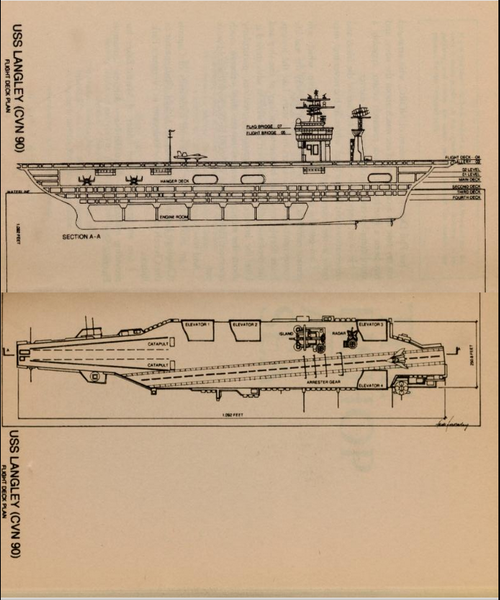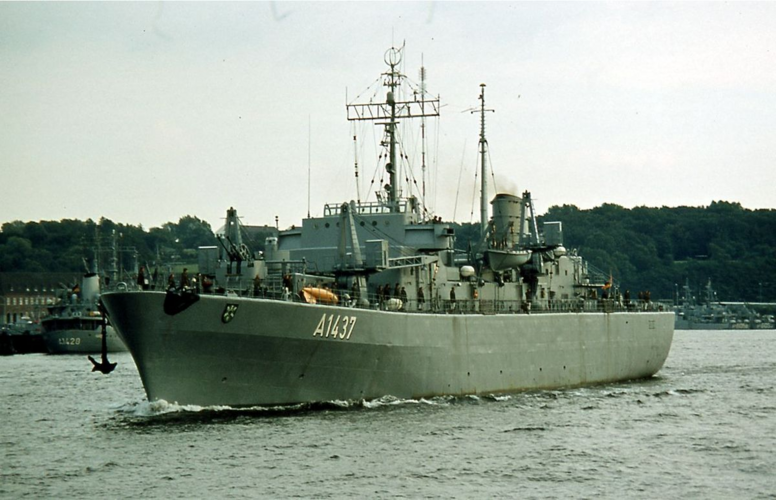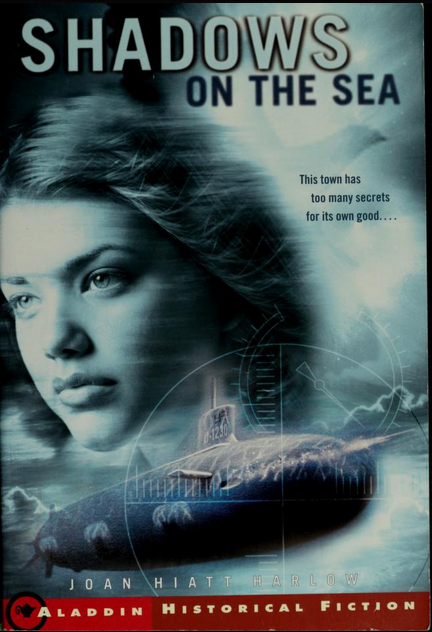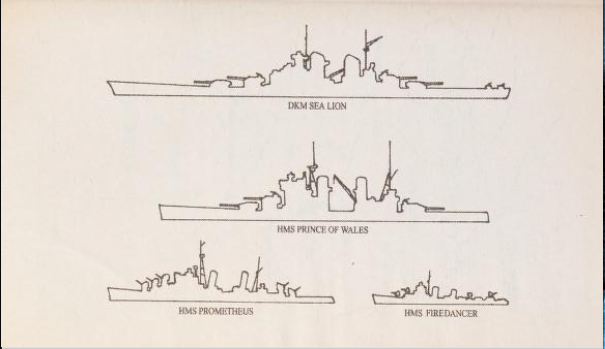Larry Bond &
Patrick Larkin,
Cauldron, 1993
United States
USS Simpson (FFG-56)
Oliver Hazzard Perry Class Frigate
Real ship, details as in service 1985 - 2015
Note: Fictionally sunk in 1997
USS Dale (CG-19)
Leahy Class Cruiser
Real ship, details as in service 1963 - 1994
Note: Fictionally retained in US service until 1997 when it is sunk in action.
USS John Barry
Arleigh Burke Class Destroyer (Flight I)
Details as per the real ships
Note: The United States Navy has had four ships named
USS Barry, the most recent of which is the Arleigh Burke Class Destroyer
USS Barry (DDG-52) in honor of John Barry the figure credited with founding what became the United States Navy, none however have been specifically named John Barry. 'Flight' has been determined by the fact that the first ships in 'Flight II' did not begin construction until a few years after this novel was published.
All other USN units appearing in the book are real or do not have blatant fictional alterations to their history. The units listed above are the only exception.
United Kingdom
HMS Ursula (S42)
Upholder Class Submarine
Real ship, details as in service (RN) 1992 - 1994 (Canada as
HMCS Corner Brook (SSK-878)) 2003 - Ongoing
Note: Fictionally retained in active RN service into 1997.
European Confederation (Fictional Nation)
The European Confederation is the successor state to the European Union, what this basically means is the French call the shots and everybody else (Including the Germans they've tricked into going along with this.) does what they are told. Full unification of the various 'National' armed forces into unified 'Confederation' armed forces is a long term effort that has been postponed until a successful conclusion of the present conflict.
(Germany)
Bayern (F217)
Brandenburg Class Frigate
Real ship, details as in service 1994 - Ongoing
Note: Fictionally sunk in 1997
Sachsenwald (A1437)
Sachsenwald Class Minelayer/Transport
Real ship, details as in service 1969 - 1993
Note: Stated to carry 1000 mines. Information provided by
Dilandu the real number may have been in the region of 500/600. Career is fictionally extended to 1997 during which year she is sunk.
Note: I had used a different description of the ship above prior to
Dilandu providing their information. The original version of the entry is preserved in
Dilandu's comment.
All other German Navy units mentioned by name are real or do not have blatant fictional alterations to their history. The units listed above are the only major exceptions.
(France)
All units mentioned are
Unnamed.
For the Aircraft Mavens
In this novel's 1997 the Polish Airforce receives a number of F-15 'Eagle' fighters (Apparently sufficent to re-equip the Polish Airforces entire fighter force.) from the United States to counter the more modern Dassault Rafale's used by their opponents. In real life they have a mixture of MiG-29s and F-16s.
For the Rocketry Mavens
The US has the 'Brilliant Pebbles' ASAT system up and running in this novel's 1997.
The 'European Confederation' has an operational version of the ANL, a helicopter launched ramjet propelled supersonic sea skimming anti-shipping missile who's development ended without becoming operational in the 1990s. The only specific given is that the missile has a range of 180km.
For the Firearms Mavens
The German Army (prior to being subsumed into the European Confederation's army.) fully re-equips with the Heckler & Koch G-11 rifle. Historically the weapon never entered service, there is a video giving the basic history of the rifle along with showing the process of field stripping the weapon. See: (
Forgotten Weapons (Kraut Space Magic: H&K G-11))
Plot summary: The year is 1997 (The story runs between the 1st of August and the 24th of September of that year.), following a prolonged economic slowdown several countries in Europe, including France and Germany, resort to martial law in an attempt to control dissent. Freed from civilian oversight, some people in France develop Napoleonic scale ambitions...
Note: This is the third of a series of novels the author, along with co-author
Patrick Larkin, wrote covering 'hot button' scenarios that existed at the time. The first '
Red Phoenix' (1989), covered earlier in this thread, dealt with an attempt by North Korea to absorb South Korea by force. The second '
Vortex' (1991) deals with an attempt by the South African minority government to maintain it's hold on power by force.




